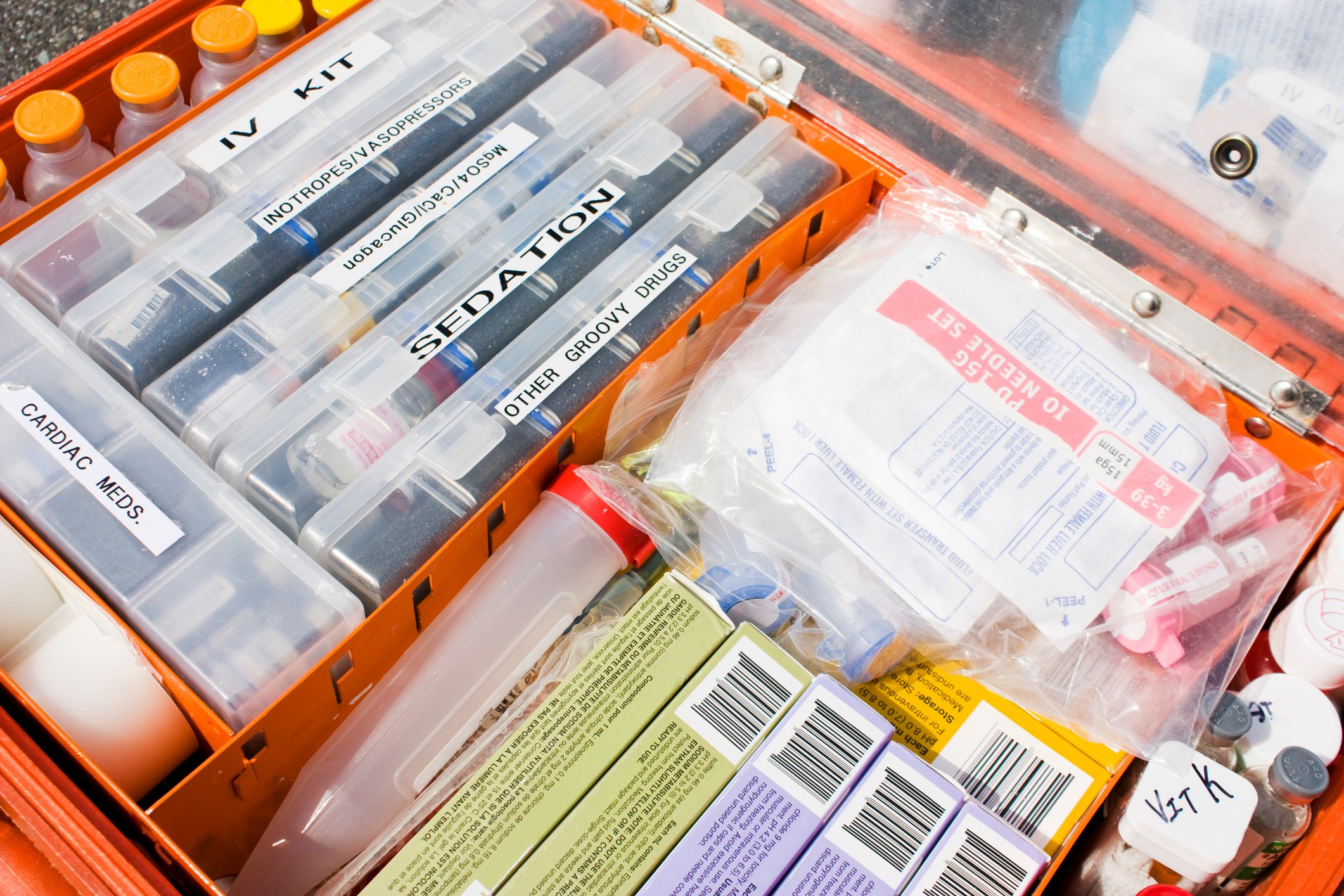
CoTCCC Tranexamic Acid Update for the TEMS Provider
Shane Wheeler, BA, FP-C, NRP
TEMS providers often carry a cache of medications to handle pre-hospital medical emergencies for their teams. These medications may include commonly needed over-the counter medications like pain relievers (NSAIDS, Tylenol) and dyspepsia medications (antacids, H2 blockers). Other categories of commonly carried medications include medications specific to team members’ particular medical concerns, such as diabetes or anaphylaxis. Examples include epinephrine, diphenhydramine, and glucagon. Some TEMS providers carry medications to address other critical medical concerns, such as rapid sequence intubation (RSI) medications.
Since TEMS providers may be expected to treat severe trauma in austere settings or with prolonged transport times to hospital, they should consider carrying tranexamic acid (TXA) and familiarize themselves with its prehospital use. Current recommendations are for dosing 1 gm TXA in 100 ml NS or LR IV over 10 minutes.
Recently, the Committee on Tactical Combat Casualty Care (CoTCCC) published PROPOSED CHANGES to TXA use in the Journal of Special Operations Medicine. Significant changes include
1) use of TXA in traumatic brain injury (TBI),
2) changing the dosing to single dose 2gm IV or IO, and
3) recommending slow IV/IO push rather than a drip.
TBI:
In a review of studies conducted on TXA in TBI, CoTCCC advises no significant harm was identified. Some studies suggest that TXA given as a 2gm IV bolus over 1 minute with no subsequent infusion was superior to the Horrow protocol (1gm over 10 minutes followed by 1 gm infused over 8 hours) or placebo in reducing 28-day mortality. Studies vary on seizure risk with a 2gm bolus compared to the Horrow protocol; however, no long-term adverse effects were noticed in the studies that identified an increased rate of seizures associated with the 2-gm bolus.
CoTCCC recommends TXA:
“If a casualty will likely need a blood transfusion (for example: presents with hemorrhagic shock, elevated lactate, one or more major amputations, penetrating torso trauma, or evidence of severe bleeding)”
OR
in TBI if the “casualty has signs or symptoms of significant TBI or has altered metal status associated with blast injury or blunt trauma”. They also advise that the “inability of a patient to follow commands is a reasonable TBI pre-hospital threshold for TXA administration.”
TXA 1 minute IV push:
CoTCCC recommends administering TXA as a slow IV or IO push over 1 minute, suggesting that this strategy will improve early administration by reducing roadblocks related to the need for preparation in crystalloid, a longer infusion time and the need for extra IV lines that can be dislodged. They note that studies to date show no clinically significant increase in hypotension with a one-minute bolus over the traditional 10-minute drip.
Timing and route of administration:
CoTCCC continues to recommend early administration of TXA and studies indicate most benefit if given within 1 hour if injury.
CoTCCC also advises that TXA is safe to be given in the same line as blood products. There is not enough evidence to support IM administration of TXA however, IO administration is felt to be effective.
Of note, the Committee for Tactical Emergency Casualty Care (CoTECC) does not follow suit on CoTCCC proposed changes of TXA use in TBI, 2 gm dosing or 1 minute bolus dosing. They state in their updated guidelines:
“If casualty is anticipated to need significant blood transfusion (e.g., presents with hemorrhagic shock, one or more amputations, penetrating torso trauma, or evidence of severe bleeding) consider administration of 1 gram of TXA in 100cc NS or LR IV as soon as possible.”
If future studies confirm the effectiveness and safety of the proposed CoTCCC TXA changes in TBI indication, dosing and administration, protocol changes may improve compliance and ease of early TXA administration in the TEMS pre-hospital trauma setting.
Reference:
The Use of Tranexamic Acid in Tactical Combat Casualty Care: TCCC Proposed Change 20-02. Drew B, Cap A, Auten J, Deaton T, et al. JSOM Oct 2020.



